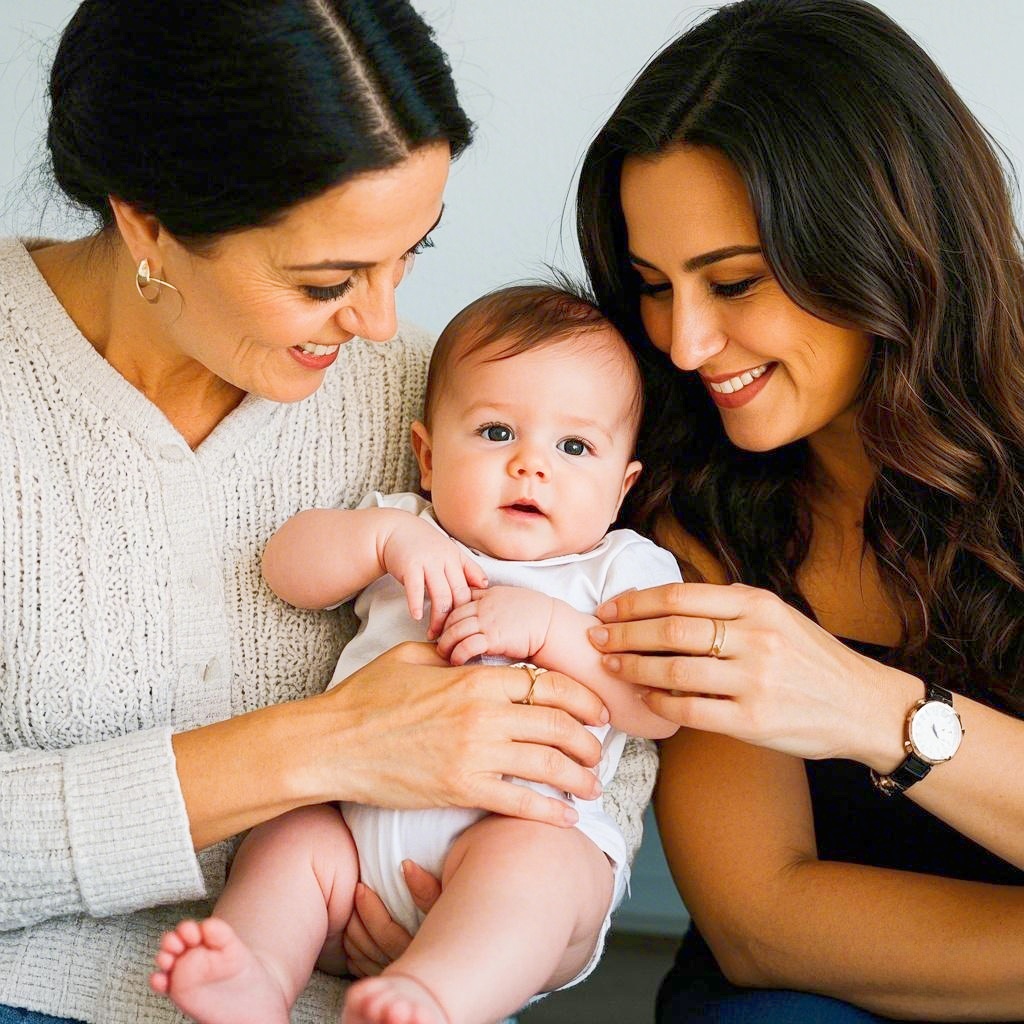For lesbian couples who dream of having a child together, modern reproductive medicine offers several pathways to parenthood. Here’s a breakdown of the most common methods:
1. Reciprocal IVF (Shared Motherhood)
How it works:
- One partner provides the eggs (genetic mother).
- The eggs are fertilized with donor sperm via IVF.
- The other partner carries the pregnancy (birth mother).
Why couples choose it:
✔ Both women play a biological role.
✔ The child is genetically related to one partner and carried by the other.
2. Donor Sperm + IUI (Intrauterine Insemination)
How it works:
- One partner undergoes IUI (a simple fertility procedure) using donor sperm.
- She carries the pregnancy and is the birth mother.
Why couples choose it:
✔ Less expensive than IVF.
✔ The child is biologically related to the birth mother.
3. Donor Sperm + IVF (In Vitro Fertilization)
How it works:
- One partner’s eggs are fertilized with donor sperm in a lab.
- The embryo is transferred to her or her partner’s uterus.
Why couples choose it:
✔ Higher success rates than IUI.
✔ Option for one partner to provide eggs and the other to carry.
4. Known Sperm Donor + At-Home Insemination
How it works:
- A known donor (friend or family member) provides sperm.
- The couple performs at-home insemination (less medical intervention).
Why couples choose it:
✔ More personal and less clinical.
✔ Lower cost, but legal agreements are crucial.
5. Surrogacy (If Neither Partner Can Carry)
How it works:
- One partner’s eggs (or a donor’s) are fertilized with donor sperm.
- A surrogate carries the pregnancy.
Why couples choose it:
✔ Option for couples with fertility challenges.
✔ Still allows one partner to be the genetic mother.
Legal & Emotional Considerations
- Sperm donor agreements: Ensure legal clarity on parental rights.
- Genetic vs. birth motherhood: Discuss roles and feelings early.
- Costs vary widely: IUI is cheaper, IVF/surrogacy more expensive.
Final Thoughts
Two women can have a baby together through reciprocal IVF, IUI, IVF with donor sperm, known donor arrangements, or surrogacy. The best option depends on fertility health, budget, and personal preferences.




